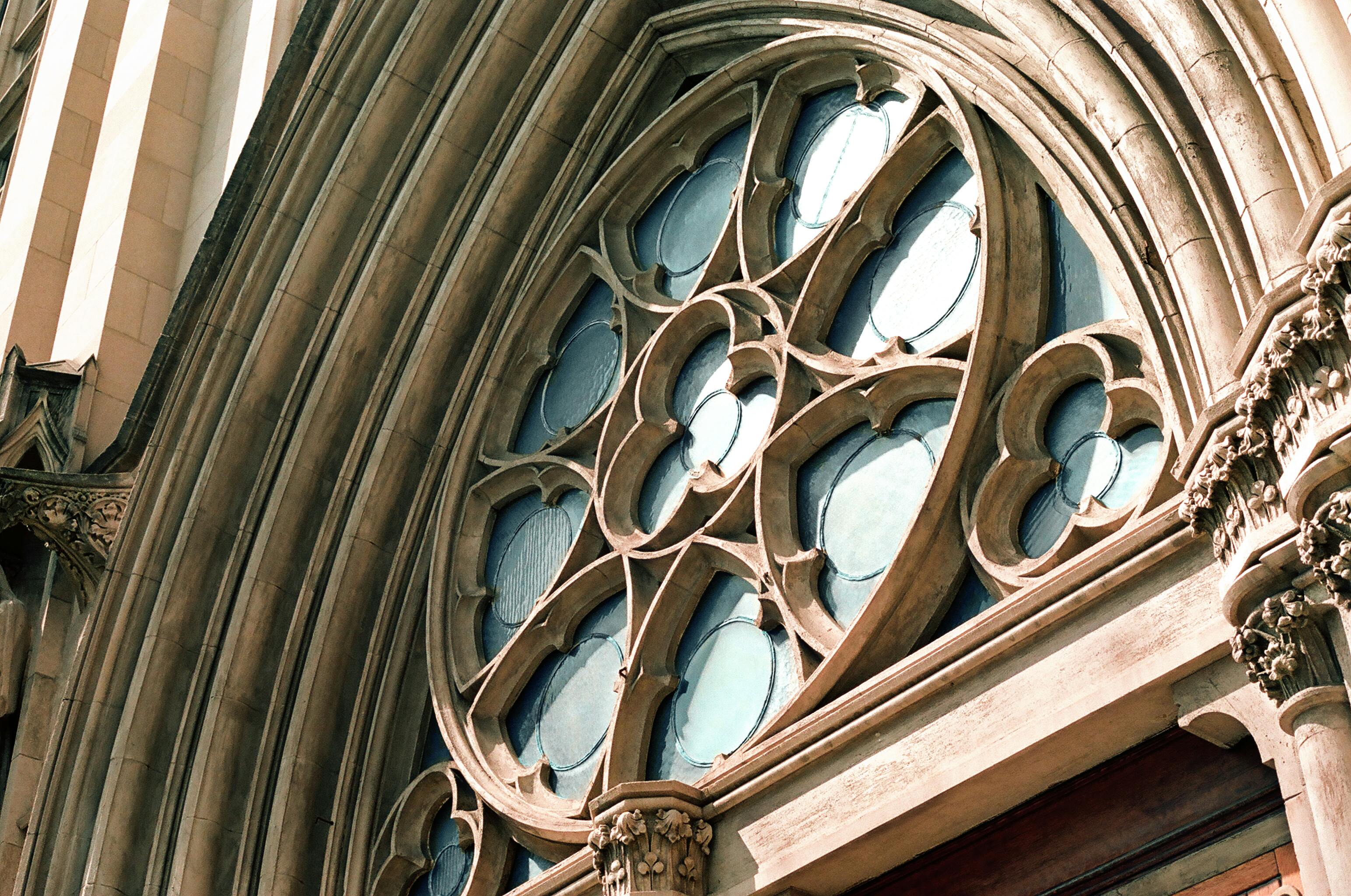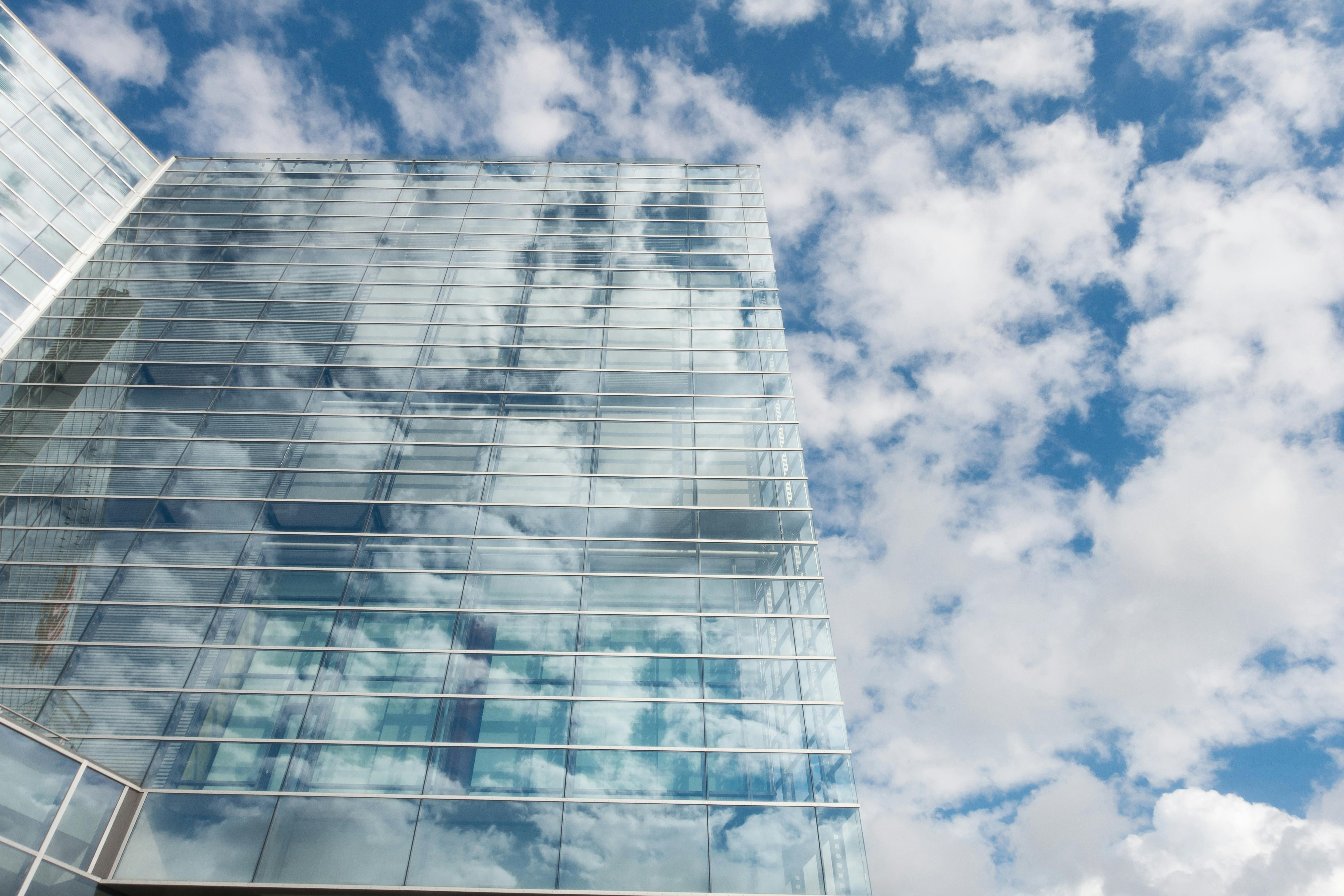Why should you be excited about rental properties? First, residential rental properties are the easiest way for a new investor to start investing in real estate. Investing in rentals allows you to buy houses using other people’s money and earn income doing so.
You don’t need a single dollar to buy your first rental property. Rental properties offer several different ways to build wealth. You simply buy a property and rent it out for more than what it costs you to own it. You earn from the appreciation the property gains, the principal that increases as the mortgage is paid off, and the positive monthly cash flow. By purchasing just one rental property, you have started the domino effect to purchase many more. Once you own one property, you can use it to purchase the next, and so on.
Second, rental properties open the door to a host of tax strategies. Through potential tax deductions and tax credits, an investor who is accustomed to paying Uncle Sam a large amount each year can keep a larger portion of his income and, in turn, use it to accelerate his or her path to freedom. financial.
Ultimately, the knowledge and income you will gain from investing in residential rentals will better prepare you for all other areas of real estate investing. You’ll learn how to establish a large cash fund that can put you in the ball game with investors who frequent foreclosure auctions. You will learn that “Cash is King”, and if you don’t have any, this is the best way to get it.
They pay you a positive monthly cash flow. They pay for themselves. They increase in value. They save you thousands in taxes. They multiply!
Case study:
While waiting tables, Josh purchased 12 houses in a three-year period. He bought each property for $100,000 with a 30-year mortgage and no cash out of his pocket. His annual mortgage payments on his properties were $86,400. After all expenses, these properties generated a cash flow of $30,000 per year. He also obtained a $20,000 home equity line of credit on each property for a total of $240,000. He used these funds as a down payment along with a 30-year mortgage costing $300,000 a year to purchase a large apartment complex for four million dollars. After all expenses, the resort’s cash flow was $100,000 per year.
Needless to say, with a passive income of $130,000 per year, Josh stopped waiting tables. He also stopped buying more real estate. In 30 years, when all of his mortgages are paid off, Josh will own $5.2 million of clean, clear real estate. Without his mortgage payments, Josh’s cash flow will increase to $516,000 per year, assuming Josh’s rents never increase and his properties appreciate at zero. In a more realistic world, his rents will have increased at an average annual rate of between three and ten percent, and his properties will have appreciated at roughly the same rate. Imagine what the power of timing and compounding will do for Josh’s portfolio!
Case study:
Nicole listed a fourplex for $205,000 with a closing date of August 5, and the seller paid up to $5,000 of her closing costs and bank fees. At closing, instead of having to bring a check to the table, Nicole received a check made out to her for $6,000. She was able to do this through 100 percent financing, seller-paid concessions, and prorated rents and deposits from tenants. Because it closed on the fifth of the month and rents on the property were due in advance on the first, a pro rata share of the rents collected from the fifth to the end of the month was rightfully hers. Tenant deposits always transfer with the property in the care of the new owner.



